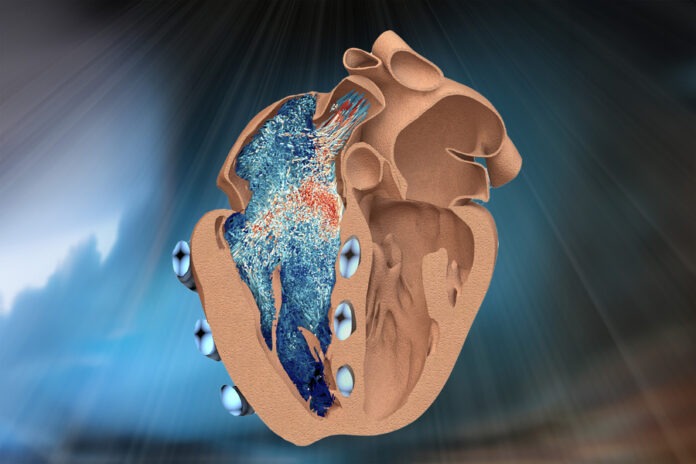Engineers at MIT have achieved a significant breakthrough with the development of a robotic counterpart to the right ventricle, emulating the intricate functions of the human heart.
The robotic model incorporates authentic heart tissue, intricately connected to balloon-like artificial muscles, enabling a faithful reproduction of the heart’s pulsating and blood-pumping processes, reports Al-Jazeera.
This groundbreaking robotic right ventricle is distinguished by its adaptability, allowing researchers to precisely manipulate ventricular contractions while closely observing the nuanced operations of natural valves and other intricate cardiac structures. Remarkably versatile, the robotic model can be customized to simulate both healthy and diseased heart conditions.
The key innovation lies in seamlessly integrating genuine heart tissue into the artificial model, preserving the inherent complexities of the heart’s structure that cannot be accurately replicated artificially. In their recent study, the MIT researchers extracted a real right ventricle from a pig’s heart, strategically placing it under optimal conditions by encasing it in a layer of silicone to maintain its internal structure, serving as an artificial lining for the heart muscle.
The subsequent step involved strategically positioning balloon-like tubes around the authentic heart tissue, following pre-determined positions derived from computational modeling. These tubes, connected to a control system, facilitated the emulation of realistic heart rhythm and movement, offering a precise simulation of ventricular contractions.

















